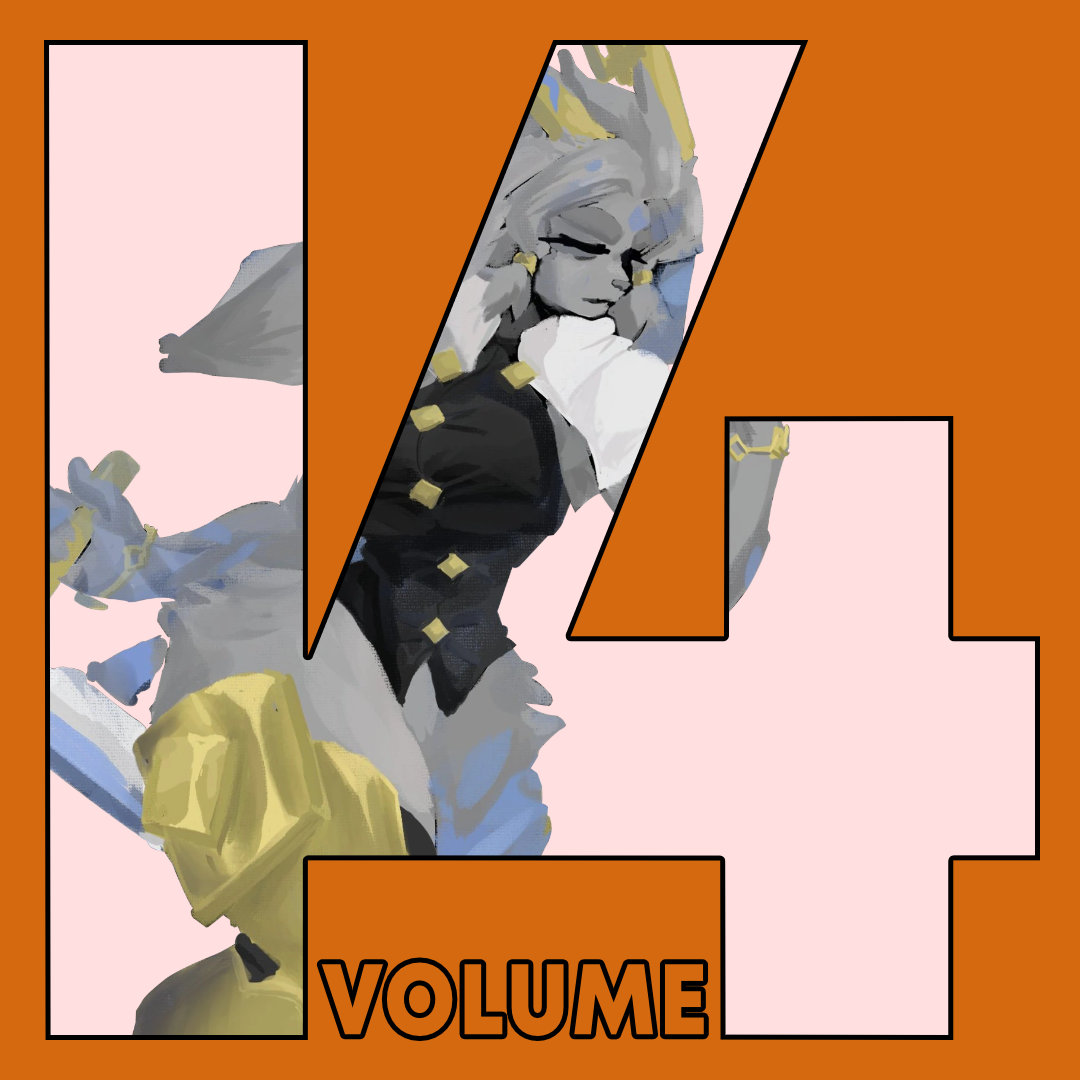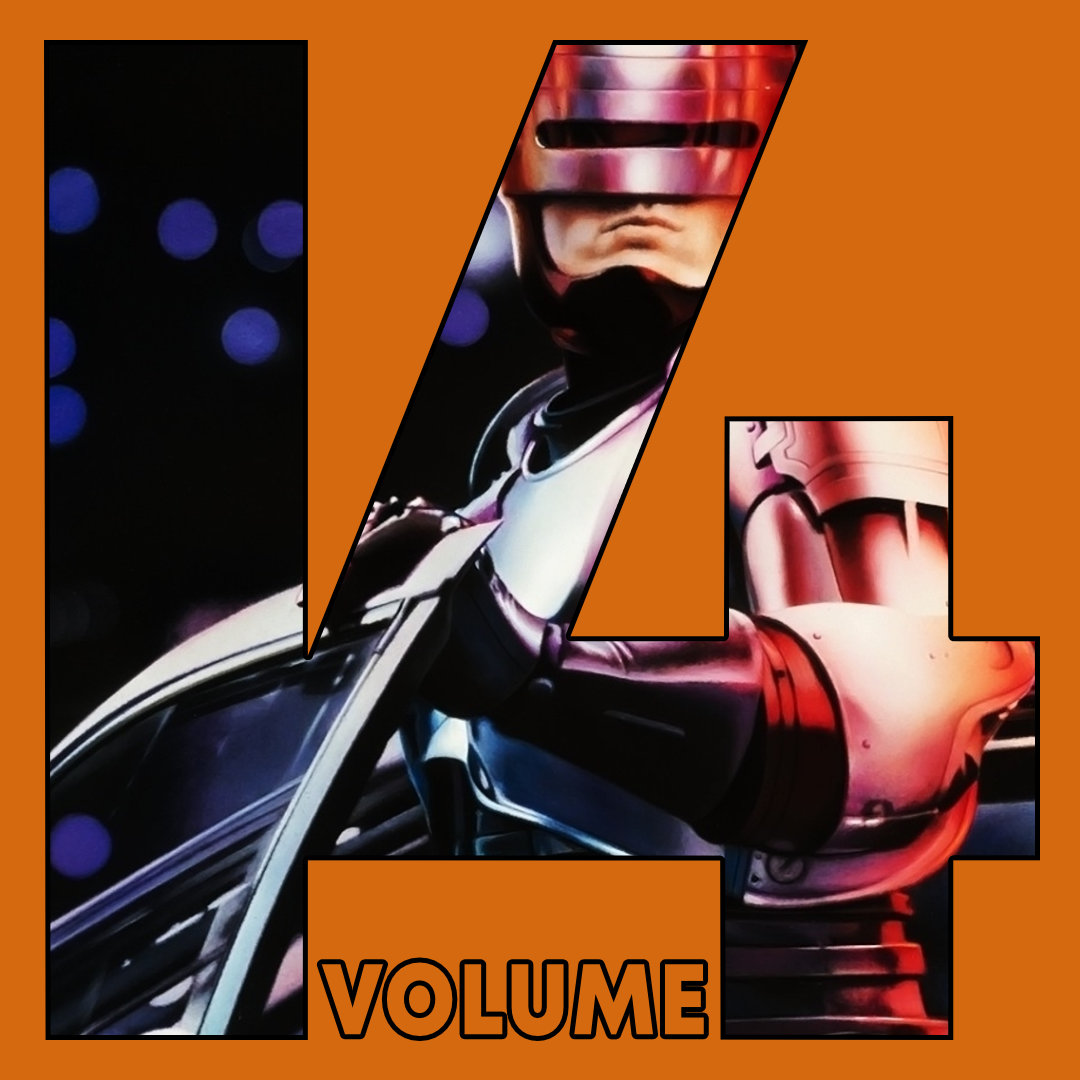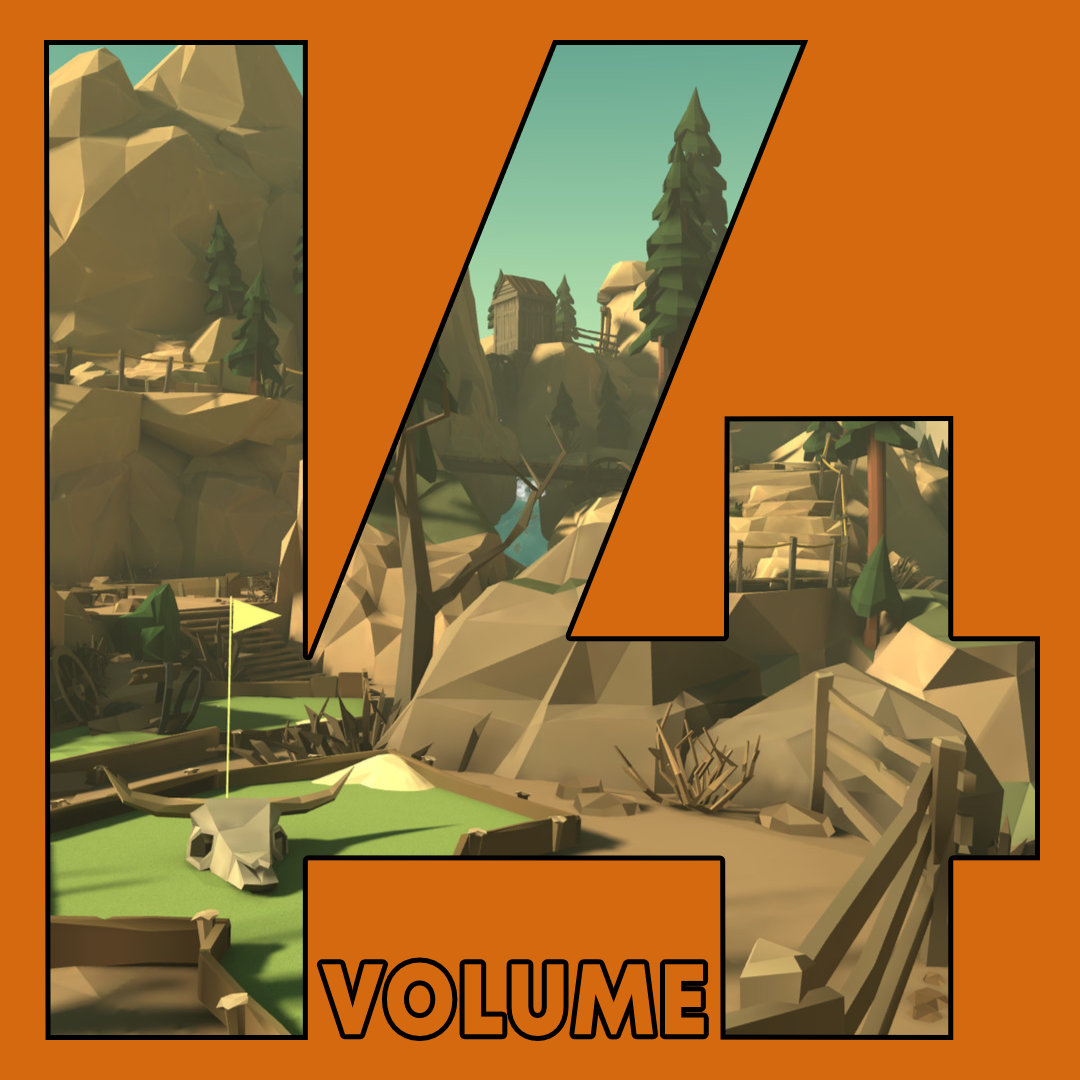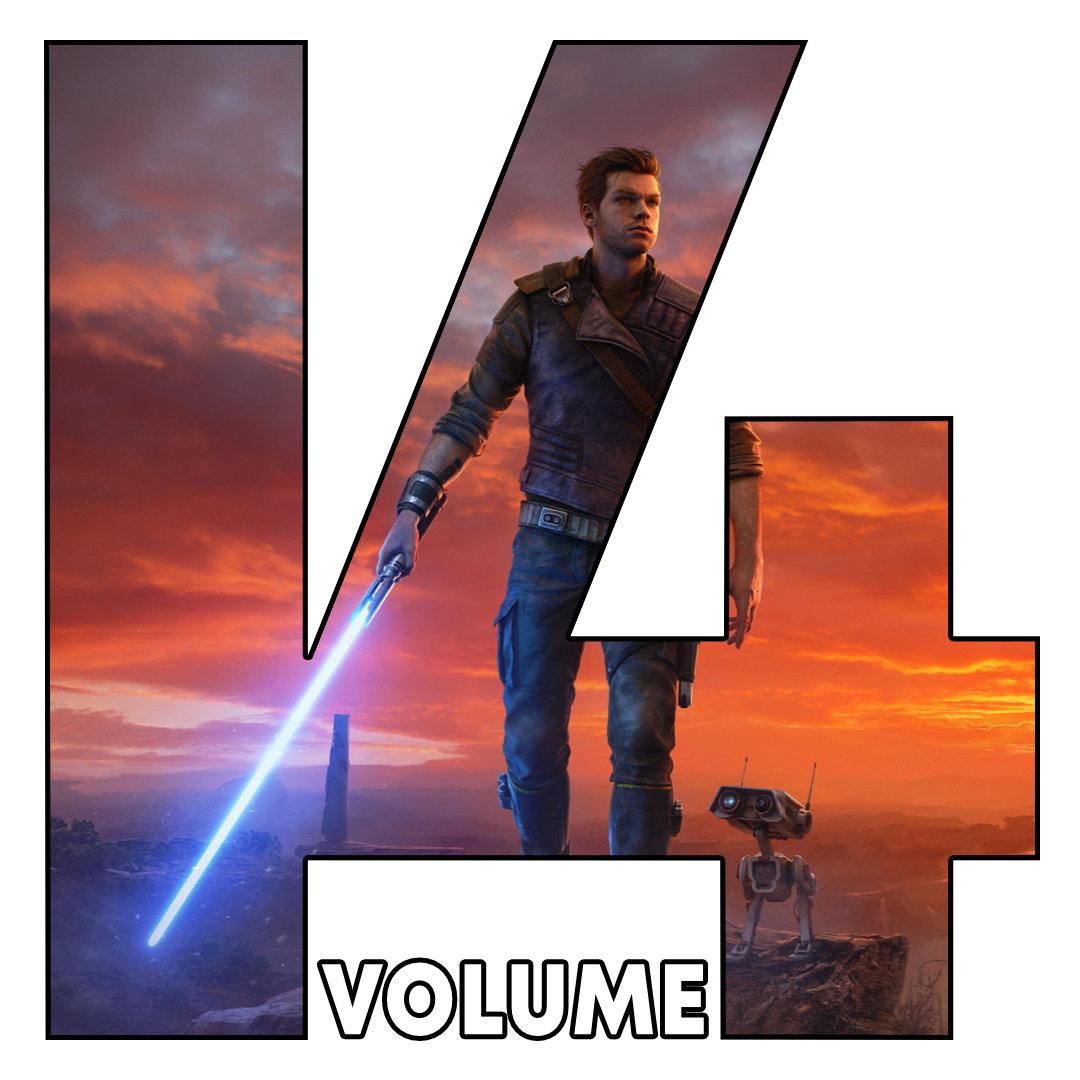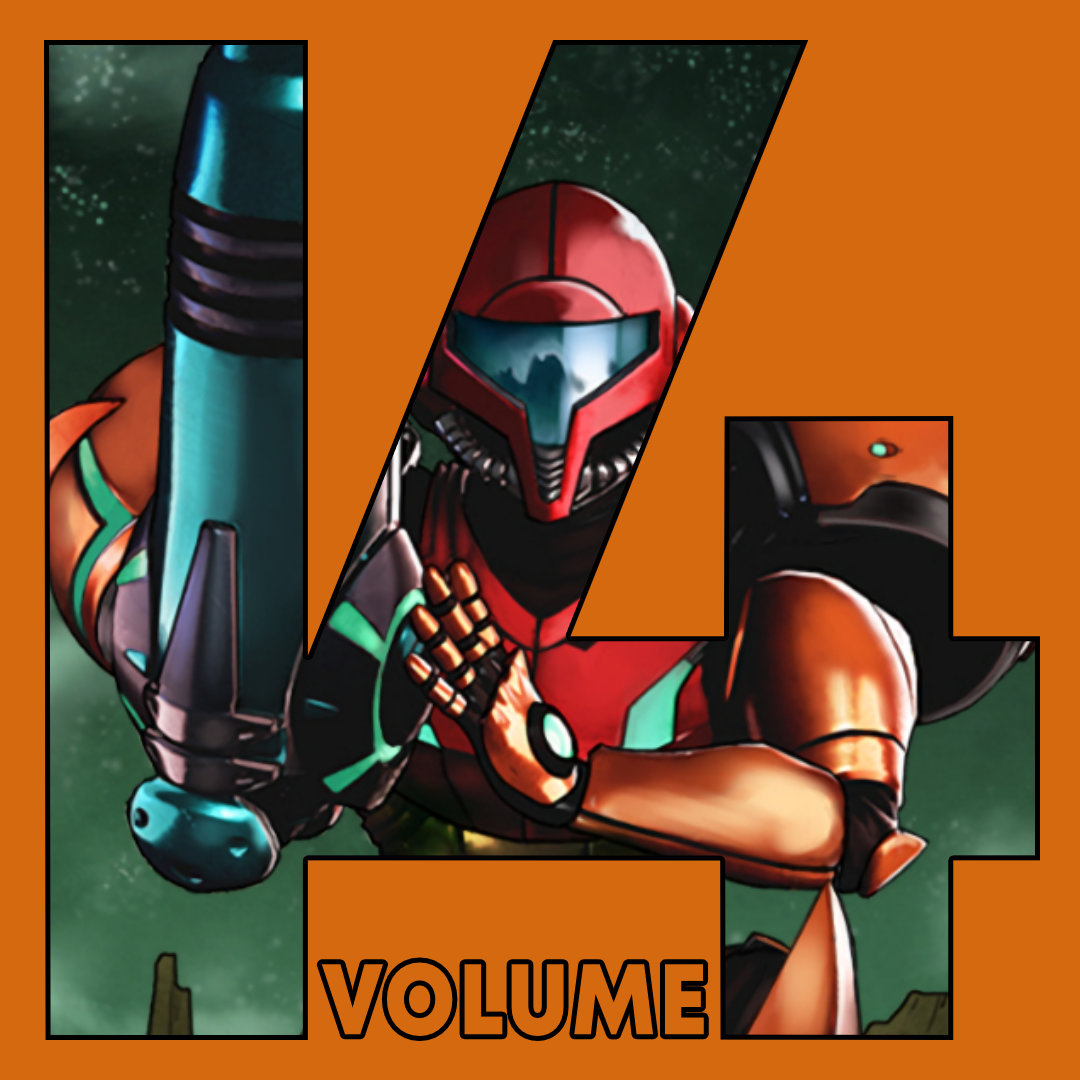Playing through this year’s Mario Kart 8, it is difficult to not be distracted by the incredible attention to detail that Nintendo has paid when designing its racetracks.
Whether it is Toads in hot air balloons floating above the course or Shy Guys mining for gems in rhythm with the music, one of the biggest challenges I face when playing the game is taking my eyes off of the race to admire an interesting detail as my racer crashes headlong into a wall.
The racetracks bend and spiral into the sky, weaving through decorated surroundings like a Disneyland ride that managed to Imagineer physics away. The game is abstract art. It thrives on its own artifice. This is a space in which Mario is comfortable residing.
From his very earliest days, jumping on blocks suspended in midair, to his more recent adventures hopping from impossible planet to impossible planet, the layers of artifice inherent in the creation of video game worlds have not been hidden in the way that they are in other games more interested in depicting a realistic, consistent world. Mario thrives in this space of the abstract.
So why should this not be the case in Mario’s newest racing game? Of course the racetracks will bend at crazy angles and wind through impossible terrain. Yet, in one course in particular, this abstraction feels entirely genuine, as if this is completely normal for that topsy-turvy spot in the world. That is the Twisted Mansion.

Mario and his friends find themselves revving their engines in the shadow of an enormous mansion that stretches farther that they can see. As the countdown to the race begins, the front door opens ominously by some unseen force, inviting them inside.
Throughout the race, Mario and his friends drive up the walls of a dining room complete with mysteriously shifting dining furniture, soar over a courtyard swarming with ghosts, and narrowly dodge hammers swung down towards them by haunted suits of armor.
The happenings inside of the Twisted Mansion feel authentic because haunted houses are supposed to be a space of supernatural mystery where the impossible is expected.
Haunted mansion levels in video games have long been some of my absolute favorites. The reason for this is, in part, because they lend themselves to video game design implementation incredibly well.
There is a constant tug-of-war between designing game worlds that feel organic and game worlds that are immediately playable. It is the balance between maintaining the illusion of realism and creating abstract gameplay challenges, and it exists on a spectrum. On one end, games that completely disregard any illusions of reality, such as the aforementioned Super Mario Galaxy, Rayman Origins, and Rez. On the other end are games that sacrifice play immediacy to preserve their natural environment, like Red Dead Redemption and Assassin’s Creed.
In Mario Galaxy, it is fair to assume that each planet traversed exists for the sole reason of challenging Mario’s (and, by extension, the player’s) timing, reflexes, and critical thinking. Mario is running and jumping through worlds made exclusively for him.
While this fact is no less true for John Marston’s adventures in Red Dead Redemption, the game goes to great lengths to make the hands of the game’s creators as invisible as possible. The game would have us believe that John Marston’s adventures are taking place in a world that existed long before him and will continue to exist long after his time.
Inconsistency in design philosophy stands out tremendously. Areas of more realistic games in which the designers’ presence becomes difficult to ignore often pull players right out of their immersive experience. To see a line of perfectly spaced ropes and ledges in an Assassin’s Creed game reminds the player that the world was, indeed, constructed to house a set of specific scripted missions and story moments. Having gunfights telegraphed by the appearance of chest-high walls in military shooters ruins the illusion of the randomness of reality.
It is difficult to avoid. To provide tight, engaging gameplay moments, it is almost always necessary for the designers to show themselves and give the audience a brief peak behind the curtain. But what if that wasn’t a problem? What if the godlike presence of a designer creating a world to suit your individual adventure seemed like the most natural thing in the world? The haunted house allows for that freedom.
There is a very different kind of terror that comes from being in a house with a ghost than, say, having a bear in your home. The bear is extraordinarily dangerous and might corner you in a room from which you have no way to escape. When a ghost is in the house, though, it could come from anywhere, can take any shape, and can torment and terrify you in an endless number of ways, as the film Poltergeist will prove.
While a bear is immediately and acutely dangerous, a ghost turns your environment against you. Whether hostile or simply mischievous in nature, your environment is the canvas on which the ghost paints and the tools with which it does so. The ghost is acting as the designer in your world, changing and adapting your surroundings to spook you, specifically.
The haunted house setting can mitigate the problem of the visible presence of the designer. The very best haunted mansion storytelling gives the sense of being trapped in a labyrinth, constantly rearranging itself to torment its hapless victim. Abstractions from reality present no problem here.
Haunted mansions are at their strongest when they feel like they have unnatural direction, and bend reality to the point of nearly breaking it. Game developers are free to show their hands and make themselves known.
Haunted mansions thrive on illusions, as has been made famous by the Boo mansions introduced in Super Mario World. Doors will loop around to previous rooms in the mansion in which Mario has already been, causing the player to feel desperately lost.
Mario passes by the same spot multiple times, trying to find a way out of the cursed mansion. Accompanied only by the chilling laughs of his ghostly tormentors and the knowledge that the timer is unforgivingly counting down to his death. The same kind of idea was used to great effect in this year’s surprise Kojima production, P.T.
The unnatural and impossible are the bread and butter of haunted mansions. Mysteries can hide in plain sight. Mario 64’s haunted piano taught players to never overlook the set dressing in a haunted house.
Fatal Frame 2 hid its dangers anywhere, making the player believe that nowhere was safe. A wall is little more than an open door to ghosts, who will attack players who let their guard down.

On a personal level, speaking simply of aesthetic preferences, the haunted mansion is my favorite setting in fiction, and in video games in particular. There is something very striking and dramatic about the dilapidated elegance of the beautiful, ornate Victorian homes in ruin, being held together by the will of the spirits living within.
It is narratively rich and implies a terrible and twisted history that visitors cannot help but be curious about.
Thus, as Mario and his friends are racing through the Twisted Mansion, they are engaging in a time-honored tradition of the medium, and a tradition that extends back through the history of fiction (or even non-fiction, if you believe in such things).
Here’s hoping that game designers will continue to find new and spookier ways in the future to grab us by the ghoulies.



